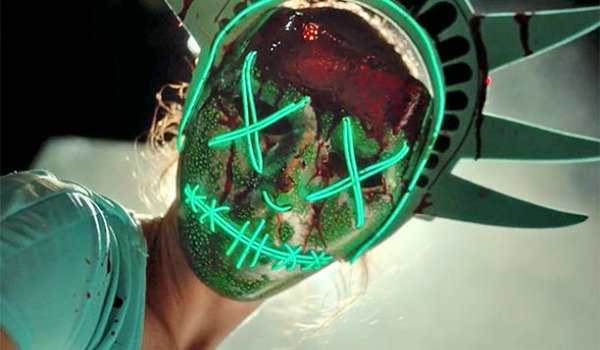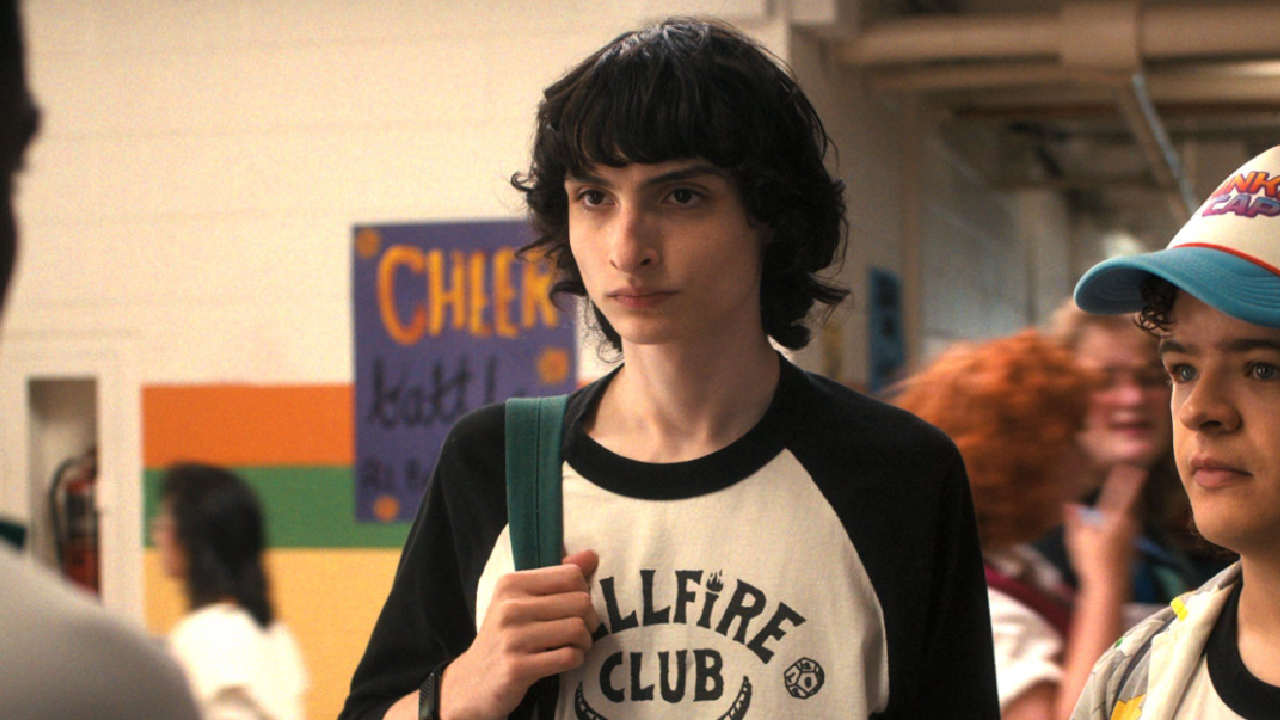Currently, it's hard not to feel like the world is tearing itself apart and on the verge of imploding. Democrats and Republicans have never been further apart, mass murder and terrorist attacks have become a weekly occurrence, while Brexit and the rise of the right on the other side of the pond shows that the fractious social and political climate is rife across the Western world. And that's even before we get to Africa, the Middle East, and the rise of Isis.
Even Hollywood has taken note. Primarily action-driven popcorn fun, The Purge and its follow-up, The Purge: Anarchy's social allegories have always been brazenly presented, even if they've done so in a heavy-handed, clunky fashion that has actually been to the detriment of the final products. But in the currently climate, The Purge: Election Year felt chillingly prescient. As if it is a depressing warning of a future that suddenly feels as though it could actually happen.
The film seems to know it, too, as its villain immediately brings to mind a certain Presidential nominee, while the ravenous penchant for violence seems more sadistic than ever before. At the same time, Election Year has more fun with these scenes than in previous films, even evoking slight comparisons to Mad Max: Fury Road in its production design, brutal deaths, and the surreal, ferocious intent of its characters, as violence begets violence, and anyone can get caught in the cross-fire as sadists look to have their moment in the sun.
Set 13 years after Purge: Anarchy, Leo Barnes (Frank Grillo) has now become the head of security for U.S. Senator Charlene Roan (Elizabeth Mitchell), who is the front runner to become the next U.S. President, and has vowed to bring an end to The Purge if she's elected. On the eve of The Purge, the government plots to murder the Senator, leading Roan and Barnes out onto the street where they come into contact with a group of anti-Purge rebels that are trying to protect their store. Basically, it's Olympus Has Fallen/White House Down meets The Warriors, just toned down.
Not without its faults, Election Year is the best installment of The Purge franchise yet. Like its predecessors, Election Year does a stellar job of economically creating a new cinematic world, using cheap and effective methods to showcase a barren, relatable, but still palpably different reality. This is at odds with other franchises that decide to raise the budget and scope after striking success, something that, if Election Year had followed suit, would immediately have robbed it of its taut, gritty appeal.
Because of the prescience and weight of its plot, Election Year has more legs than its earlier installments, even though it sags in the middle as it looks to build to an ending that it effectively executes. It also helps that its action is colder, and more brutal and suspenseful, as writer and director James DeMonaco uses timely interruptions to provoke a tub-thumping response from his audience. DeMonaco has clearly grown in confidence with Election Year, as he has much more fun with the action set-pieces and set-ups, pushing the film in a more vicious direction.
Yet, at the same time, The Purge: Election Year falls into the same trappings that waylaid its brethren, as it abides to genre conventions too tightly to be truly striking. At times this works to its positive, as Election Year provides us with numerous scenes that are undeniably rousing and, for want of a better word, simply cool in their presentation. But its message, while raw and angry, is neither stirring nor nuanced, and the emotional touches and structure are too derivative and familiar to be impactful.
But while Election Year's mandate and action don't merge perfectly, there's more than enough to revel in and grip, and at the same time, it suggests that, like Fast & Furious, this is a rare franchise that is actually going to improve with sequels.












